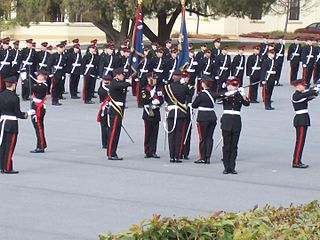
A military academy or service academy is an educational institution which prepares candidates for service in the officer corps. It normally provides education in a military environment, the exact definition depending on the country concerned.

Oliver Prince Smith was a U.S. Marine four-star general and decorated combat veteran of World War II and the Korean War. He is most noted for commanding the 1st Marine Division during the first year of the Korean War, and notably during the Battle of Chosin Reservoir, where he said "Retreat Hell! We're just attacking in another direction.", which is commonly misquoted as "Retreat, hell! We're not retreating, we're just advancing in a different direction." He retired at the rank of four-star general, being advanced in rank for having been specially commended for heroism in combat.

General Thomas Dresser White was the fourth Chief of Staff of the United States Air Force.
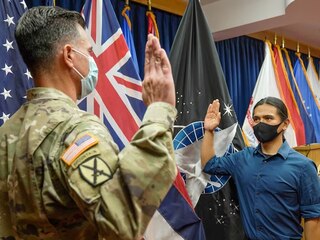
The United States Military Entrance Processing Command (USMEPCOM) is a Major Command of the U.S. Department of Defense. The organization screens and processes enlisted recruits into the United States Armed Forces in the 65 Military Entrance Processing Stations (MEPS) it operates throughout the United States.
Staff colleges train military officers in the administrative, military staff and policy aspects of their profession. It is usual for such training to occur at several levels in a career. For example, an officer may be sent to various staff courses: as a captain they may be sent to a single service command and staff school to prepare for company command and equivalent staff posts; as a major to a single or joint service college to prepare for battalion command and equivalent staff posts; and as a colonel or brigadier to a higher staff college to prepare for brigade and division command and equivalent postings.

America's 11 Most Endangered Places or America's 11 Most Endangered Historic Places is a list of places in the United States that the National Trust for Historic Preservation considers the most endangered. It aims to inspire Americans to preserve examples of architectural and cultural heritage that could be "relegated to the dustbins of history" without intervention.

Horace Meek Hickam was a pioneer airpower advocate and an officer in the United States Army Air Corps. Hickam Air Force Base, Hawaii, is named in his honor.

The Association of Military Colleges and Schools of the United States (AMCSUS) is a nonprofit service organization of schools with military programs approved by the Department of Defense and which maintain good standing in their regional accrediting organizations. The purpose, as put forth in the AMCSUS Constitution, is "to promote the common interest of all members and to advance their welfare; promote and maintain high scholastic, military and ethical standards in member schools; represent the mutual interests of the member schools before the Department of Defense as well as the general public; foster and extend patriotism and respect for duly constituted authority; and cultivate citizens who love peace and who strive to maintain it."
Karl Jack Bauer, was one of the founders of the North American Society for Oceanic History (NASOH) and a well-known naval historian. NASOH's K. Jack Bauer Award is named in his memory.
A corps of cadets, also called cadet corps, is a type of military school intended to prepare cadets for a military life, with the school typically incorporating real military structure and ranks within their respective program.
A military town is a civilian municipality which is economically dependent upon or receives its greatest economic impetus from a nearby military installation, such as a military base or military academy.
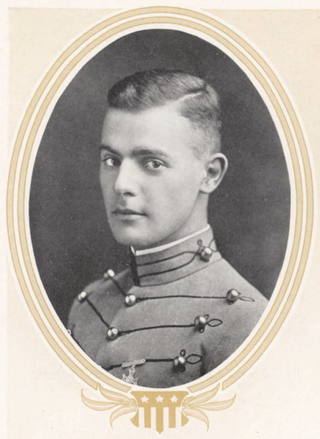
Edwin Bowman Lyon (1892–1971) was an American major general.

The Junior Reserve Officer Training Corps is a federal program sponsored by the United States Armed Forces in high schools and also in some middle schools across the United States and at US military bases across the world. The program was originally created as part of the National Defense Act of 1916 and later expanded under the 1964 ROTC Vitalization Act.
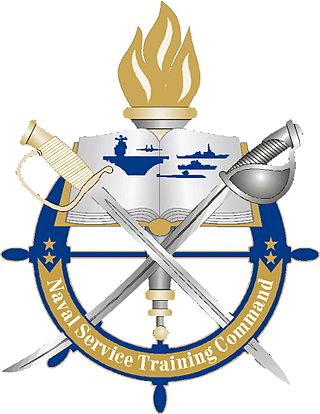
The Naval Service Training Command (NSTC) is a one-star echelon III command of the United States Navy that is responsible to the Chief of Naval Education and Training for the indoctrination and training of all new accessions into the Naval Service, with the exception of Midshipmen who access through the United States Naval Academy. This includes all new recruits through Recruit Training Command, the Navy's only enlisted recruit training location and all Officer "Candidates" who are seeking a commission through the Officer Training Command at Naval Station Newport, Rhode Island. Also under its purview is the operation of the various Naval Reserve Officers Training Corps (NROTC) units in universities across the country. The current NSTC is Rear Admiral Craig T. Mattingly.

Theodore David Martin is a retired lieutenant general in the United States Army who last served as the commanding general of the United States Army Combined Arms Center, commandant of the United States Army Command and General Staff College and commanding general of Fort Leavenworth from May 2021 to October 2022. Before that, he served as the Deputy Commanding General and Chief of Staff of United States Army Training and Doctrine Command (TRADOC). A graduate of the United States Military Academy at West Point, he previously served as its 73rd Commandant of Cadets.
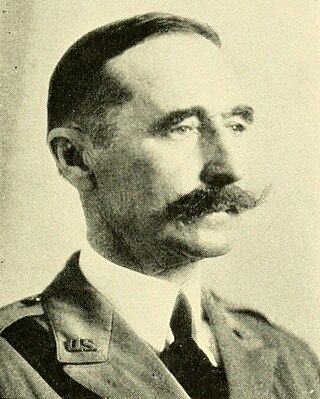
Walter C. Short was a career officer in the United States Army. A veteran of the Spanish–American War, Pancho Villa Expedition, and World War I, he attained the rank of brigadier general. Short was most notable for the organization and training of several units during the first World War, and his command of the 1st Cavalry Division between World War I and World War II.
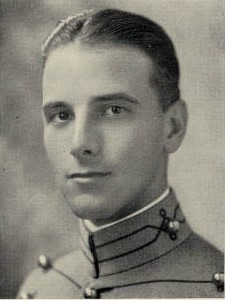
John Henderson Dudley was a brigadier general in the United States Army (USA). A graduate of the United States Military Academy at West Point class of 1930, he participated in the Manhattan Project and the campaigns in the Southwest Pacific Area during World War II.













